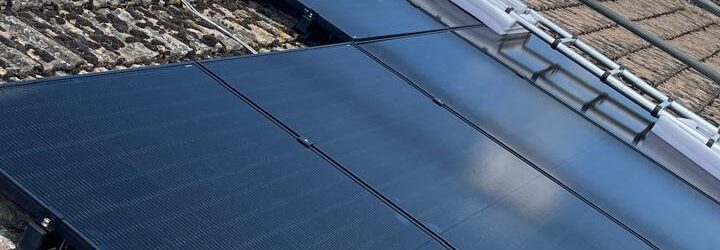As the demand for clean energy grows, so too does the presence of solar farms in the British countryside. At face value, solar farms offer a win-win: low-carbon electricity generation, lower reliance on fossil fuels, and progress toward Net Zero. So why do so many people object to them?
The answer isn’t straightforward. While public opinion generally supports the idea of renewable energy, the reality of building large-scale solar installations, often in rural or greenbelt areas, can lead to a clash of priorities.
It’s Not Just About the Panels
One of the most common objections to solar farms is their impact on the landscape. Fields that were once open countryside or used for agriculture may suddenly become home to rows of photovoltaic panels. For people living nearby, this change can feel like an intrusion, even if the panels are quiet, static, and relatively low to the ground.
Visual concerns often sit alongside deeper issues. Some objectors argue that productive farmland should remain just that, especially during a time of global food insecurity. Others worry about the precedent that could be set: if one patch of land is converted, what’s to stop more and more solar farms from being built, changing the nature of rural communities?
Is It NIMBYism or Something More?
It’s easy to dismiss opposition to solar farms as NIMBYism. But in many cases, local objections aren’t against solar energy itself. They’re against the scale, siting, or lack of consultation around a particular development. People are understandably more concerned when a project is proposed near their home or in an area they value for its beauty, wildlife, or recreation.
What’s often missing is meaningful engagement. If developers take a top-down approach without listening to local voices, communities can feel ignored, and that breeds resistance. On the other hand, when residents are involved early in the process, and their concerns are heard and addressed, it’s far more likely that projects will go ahead with local support.
Understanding the Planning Process
Large-scale solar developments usually require planning permission, and public consultation is a legal part of that process. However, not all objections are treated equally. While councils must consider valid concerns, such as impact on biodiversity, flooding risk, or local infrastructure, they’re also under pressure to meet renewable energy targets.
This balance can be tricky. National policy encourages the growth of clean energy, but local councillors also have to respond to residents’ views. It’s no surprise, then, that some proposals end up in long planning disputes or are withdrawn altogether.
The Case for Rooftop and Brownfield Solar
One way to reduce objections is to focus more on rooftop solar and brownfield land – areas already developed or previously used for industrial purposes. These options often attract less controversy and make better use of underutilised space.
Rooftop solar, in particular, remains a huge untapped resource. From schools and warehouses to supermarkets and homes, there’s plenty of space for PV systems that generate clean power without encroaching on the countryside. While it may not always match the scale of a solar farm, a more distributed approach can still deliver big results.
Making Solar Work for Everyone
Ultimately, the transition to renewable energy is essential, and solar has a vital role to play. But that doesn’t mean every solar project is automatically the right one, or that concerns should be brushed aside.
To make progress, we need to build trust and transparency. That means clearer communication from developers, better use of existing rooftops, and a genuine commitment to protecting the environment while helping the UK decarbonise.
Solar farms aren’t the enemy, but they do need to be done right.



